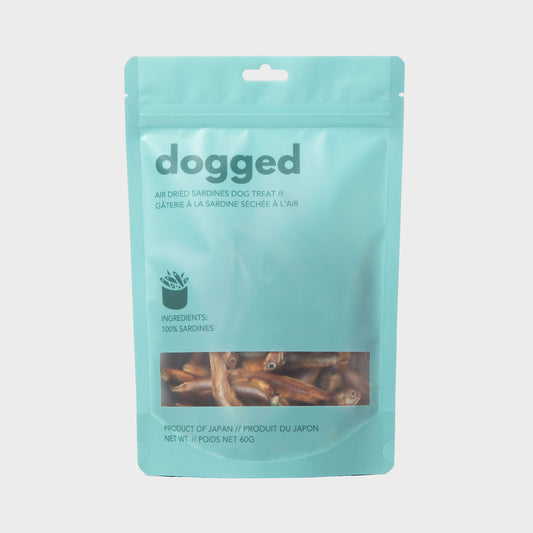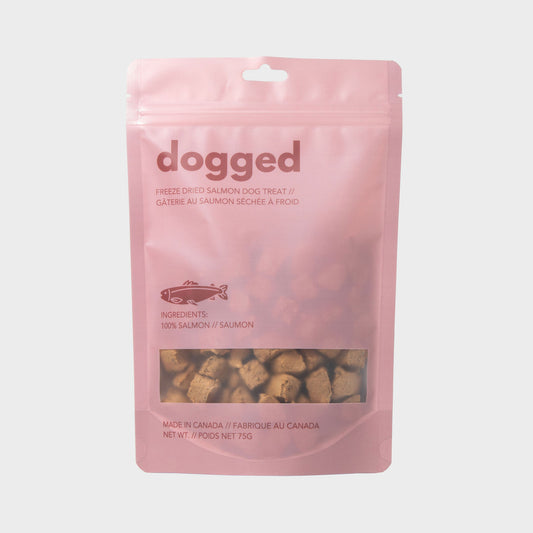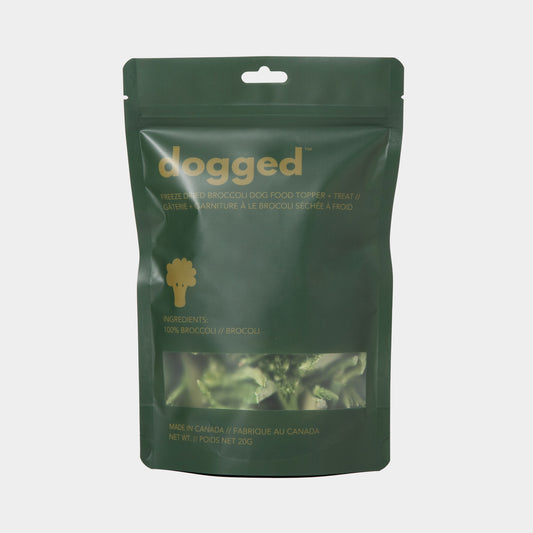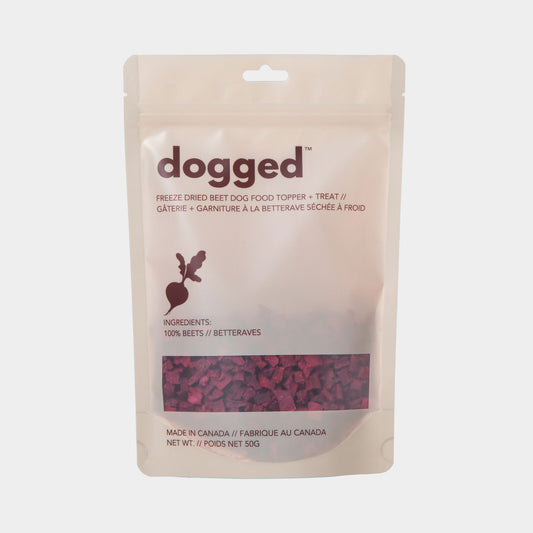
Can Dogs Eat Grapes? Understanding the Risks and What to Do
Grapes might seem like a harmless and healthy snack for humans, but for dogs, they can be incredibly toxic. Even small amounts can lead to severe health problems, making it crucial for pet owners to understand the dangers. This article explores what makes grapes toxic to dogs, symptoms of grape toxicity, related foods that also pose risks, and what to do if your dog ingests grapes. We’ll also discuss research into this mysterious toxin.
What Makes Grapes Toxic to Dogs?
The exact compound in grapes and raisins that causes toxicity in dogs remains unknown, but researchers believe it is associated with a substance present in the flesh or skin of the fruit. Unlike other toxins, this one doesn’t affect every dog the same way—some dogs may eat grapes with no symptoms, while others can suffer severe consequences after consuming just a few.

Foods That Also Contain the Toxic Compound
In addition to fresh grapes, the following foods also pose risks due to the same unidentified toxin:
- Raisins: These are dried grapes and contain a higher concentration of the toxin.
- Currants: Often mistaken for raisins, these can also be toxic.
- Grape Juice: While less common, it’s still a source of the toxic compound.
- Baked Goods Containing Raisins: Foods like raisin bread, cookies, and granola bars can be dangerous.
Symptoms of Grape Toxicity
Symptoms of grape or raisin toxicity can develop within a few hours and may include:
- Vomiting and diarrhea (often within the first few hours)
- Lethargy or weakness
- Loss of appetite
- Abdominal pain
- Dehydration (evidenced by dry gums and excessive panting)
- Increased or decreased urination
- In severe cases, acute kidney failure, which may lead to death
If you notice any of these symptoms or suspect your dog has consumed grapes or raisins, seek veterinary care immediately.

What to Do If Your Dog Eats Grapes
Time is critical if your dog consumes grapes or raisins. Here’s what to do:
- Determine the Quantity: Assess how many grapes or raisins your dog may have eaten.
- Contact Your Veterinarian or a Pet Poison Hotline: Provide details about your dog’s weight, the quantity consumed, and the time of ingestion.
- Induce Vomiting (Only If Directed): Your vet may advise inducing vomiting to expel the toxins. This should only be done under professional guidance.
- Visit the Veterinarian Immediately: Treatment may involve activated charcoal to bind the toxins, IV fluids to support kidney function, and close monitoring of bloodwork.

Research on Grape Toxicity in Dogs
Despite extensive research, the exact toxic agent in grapes and raisins remains unknown. Studies have confirmed that not all dogs are affected equally, suggesting individual sensitivity plays a role. Research published in veterinary journals highlights the connection between grape ingestion and acute kidney failure, emphasizing the need for further investigation to understand the underlying mechanisms.
Veterinary toxicologists continue to study this phenomenon to better identify at-risk dogs and improve treatment protocols.
Final Thoughts
Grapes and raisins are highly toxic to dogs and should always be kept out of reach. Understanding the risks and acting quickly in case of ingestion can make the difference between life and death. If you suspect your dog has consumed grapes or raisins, don’t wait for symptoms to appear—contact your veterinarian immediately. By staying informed and vigilant, you can help keep your furry friend safe and healthy.





